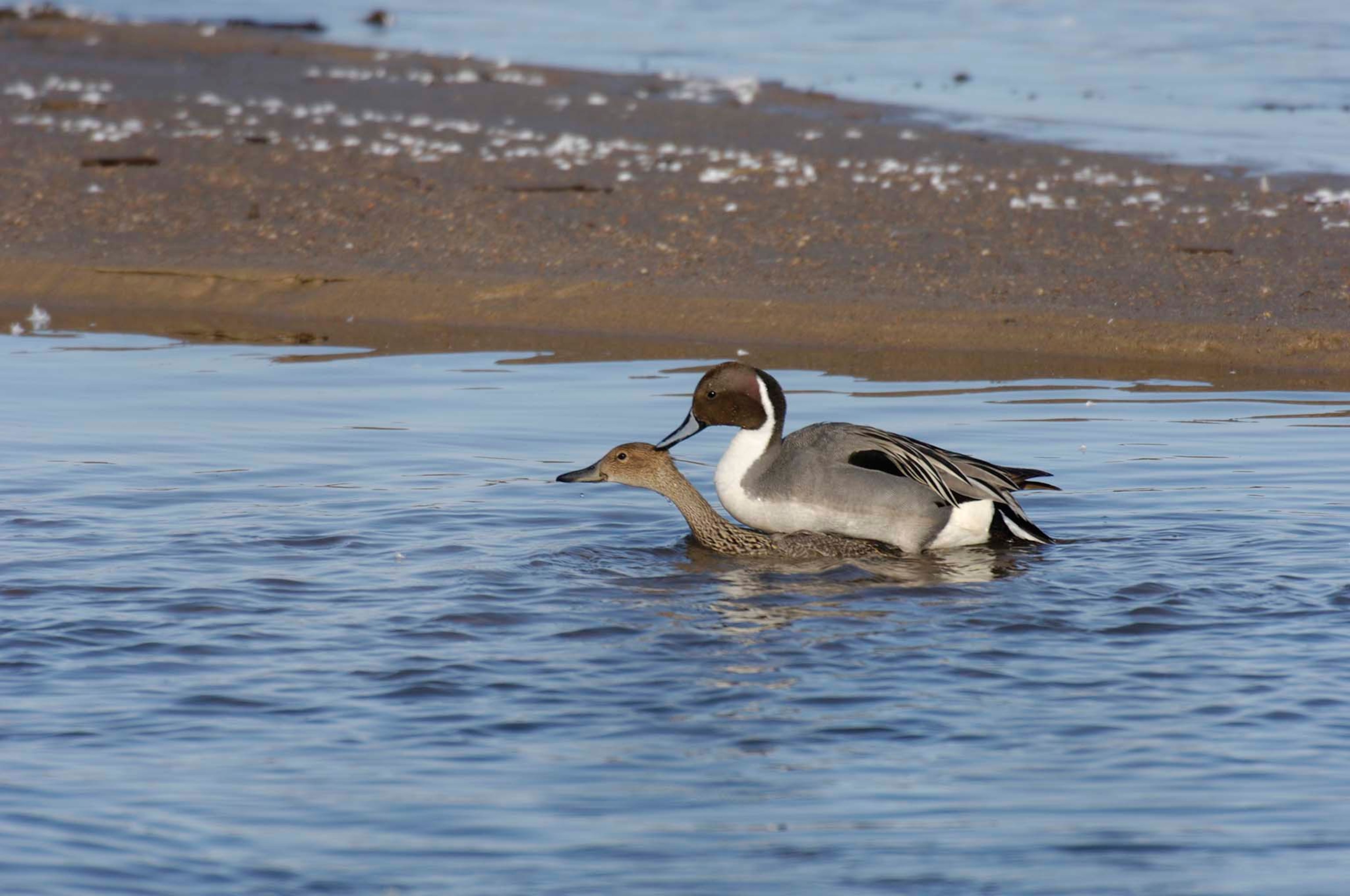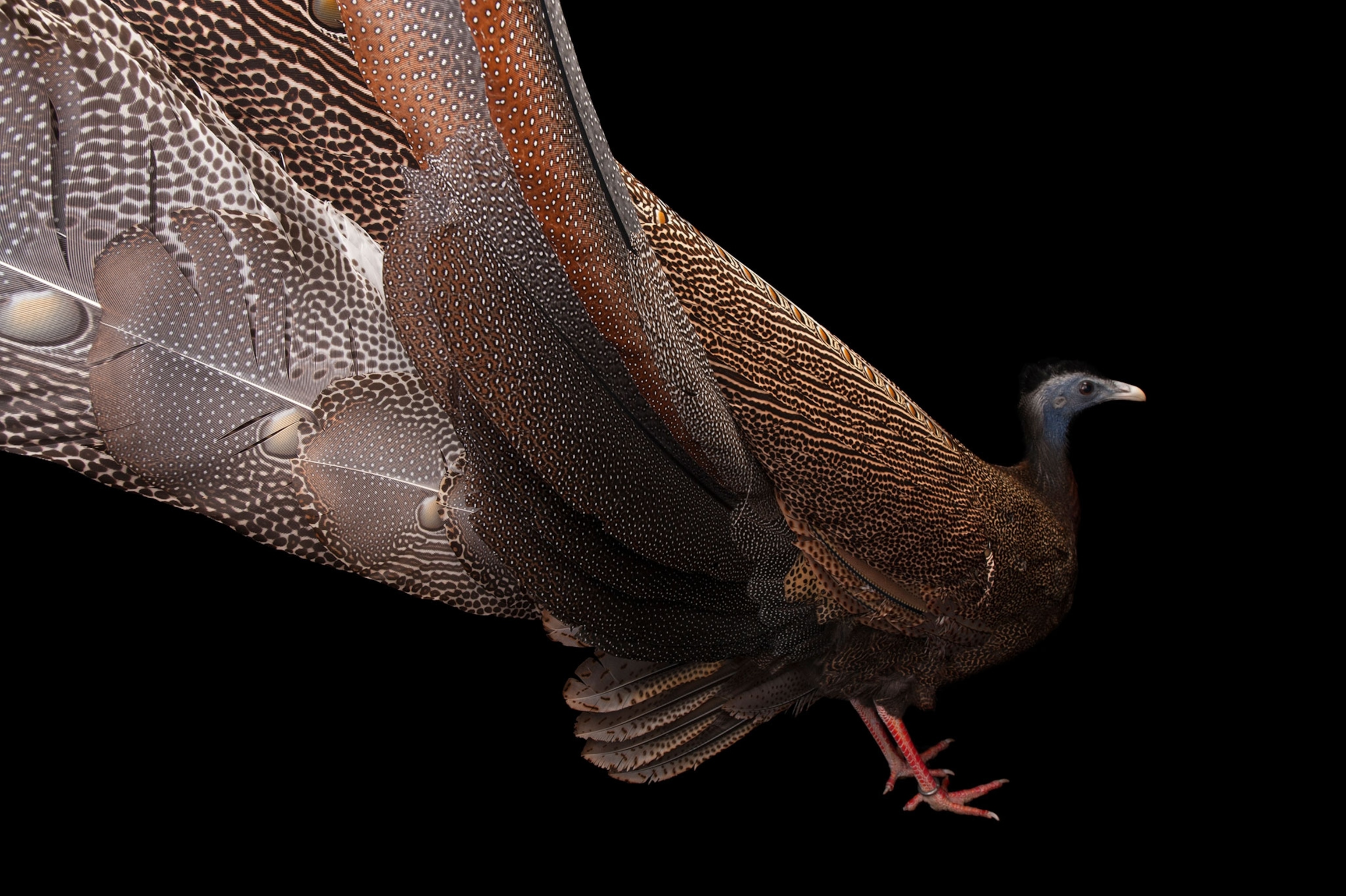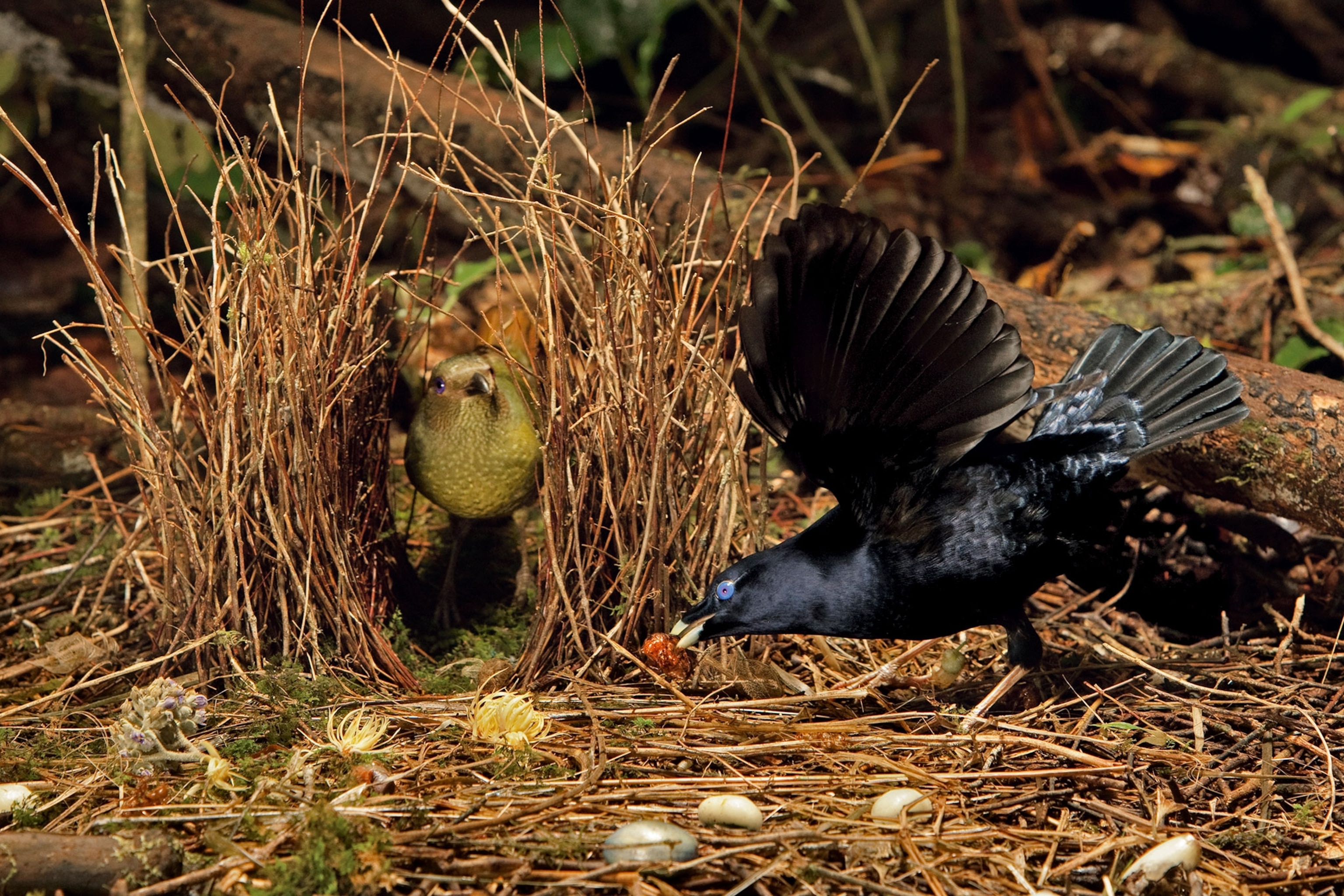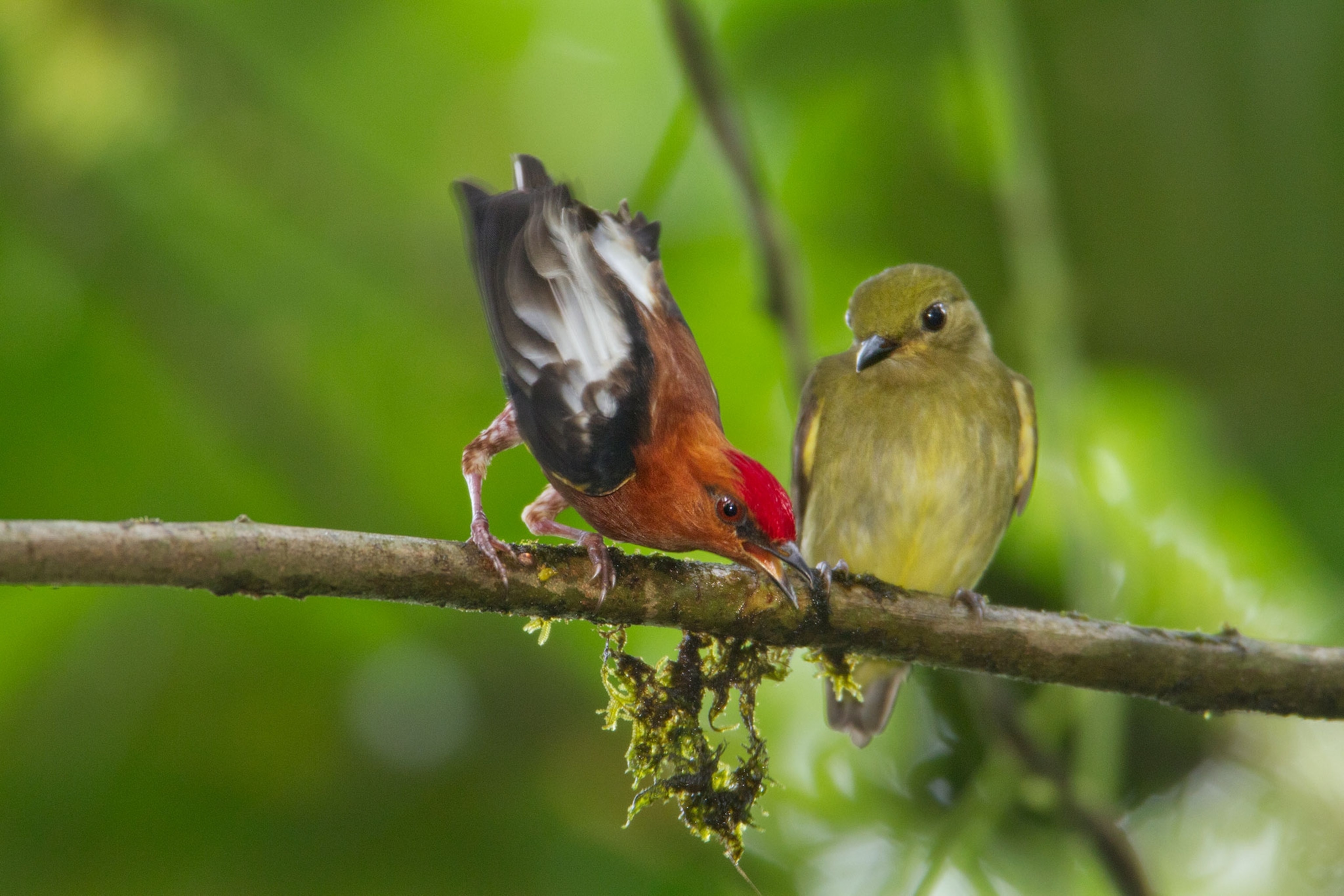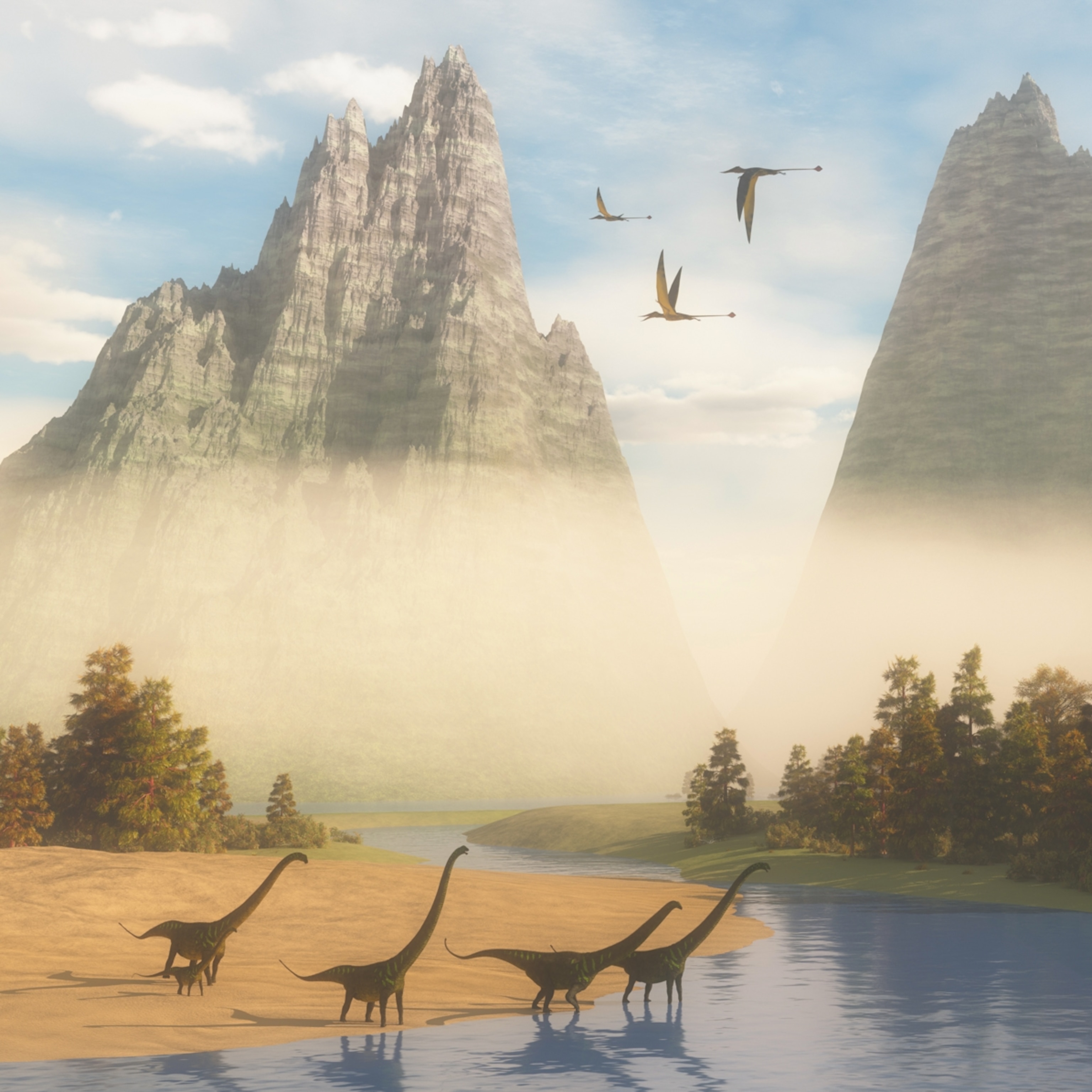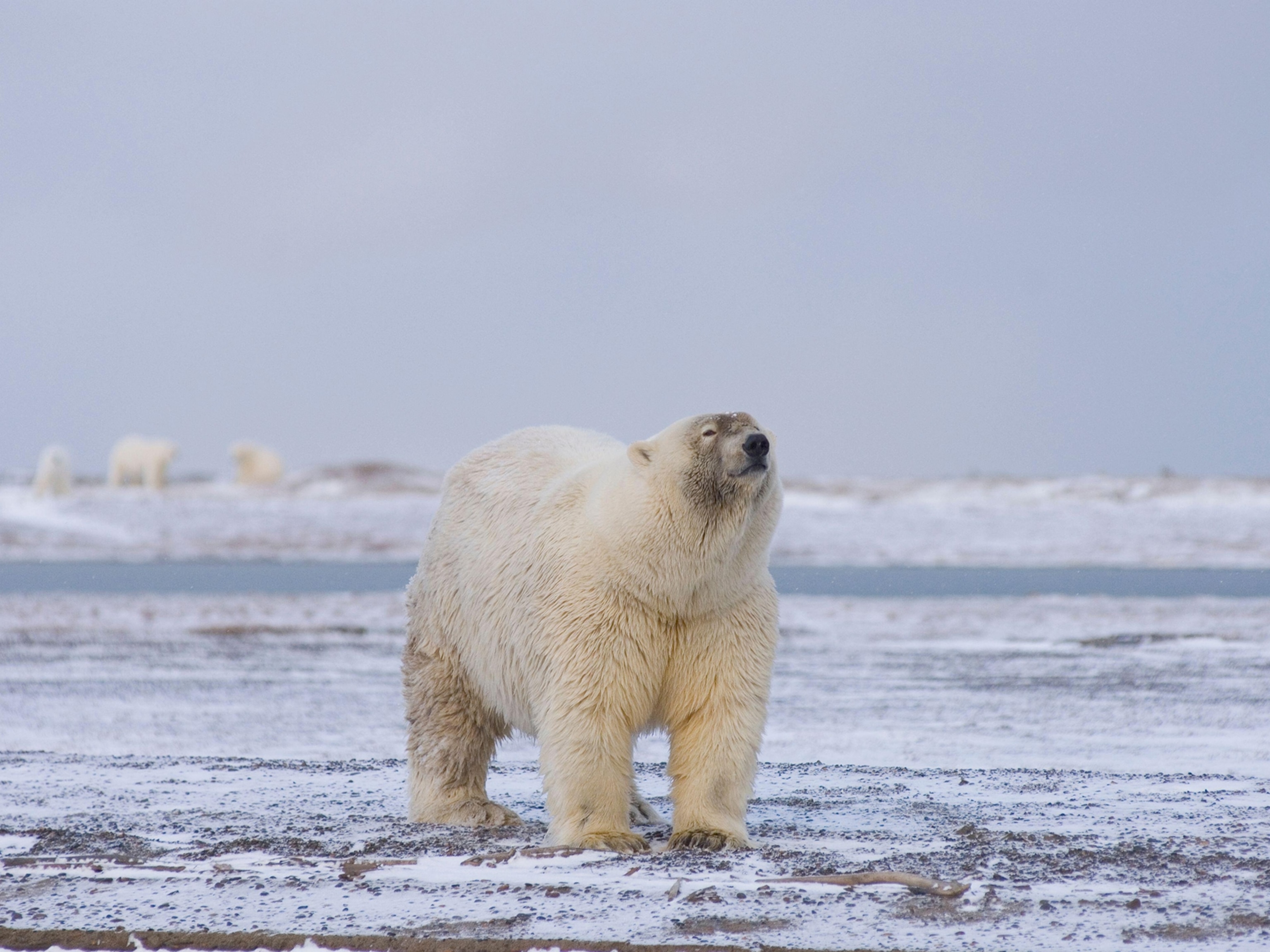Why It Matters Who Females Choose to Have Sex With
Warning: Graphic duck sex.
Charles Darwin made Victorians splutter into their tea when he wrote The Descent of Man, subtitled “selection in relation to sex.” In it, he not only claimed that animals and birds select their mates according to what he called “the taste for the beautiful.” He also suggested that independent female sexual choice (and pleasure)—an idea that was anathema to Victorian society—was an important driver for evolution.
Richard O. Prum brings Darwin’s ideas into the 21st century in The Evolution of Beauty: How Darwin’s Forgotten Theory of Mate Choice Shapes the Animal World – and Us. Traveling the world, Prum, an ornithologist, encounters birds with dizzying plumage and song: from club-winged manakins making “elfin guitar” sounds with their wings to Great Argus pheasants wooing prospective mates with a cone of feathers covered in golden 3D spheres.
Speaking from his office at Yale University in New Haven, Connecticut, Prum explains why animal adaptations cannot be explained by the fight for survival alone, how female ducks have evolved strategies against rape, and why macho males don’t always get the mate.

Much of your book focuses on the sex lives of birds. Take us into the bizarre world of duck sex—and explain why, despite the violence visited upon them, female ducks actually come out on top.
Here’s the fascinating issue with duck sex. Ducks are different from most birds in the fact that male ducks have a penis, analogous with the mammalian or human penis. And the fact that ducks still have a penis allows them to force copulation in ways that are unavailable to other birds.
(Study Tracks Science of Penis Preference)
Unpaired males will attempt to force copulation during the egg-laying season. There are even socially organized groups of males pursuing females to force copulation. This is really physically harmful for the female ducks. They are stressed out. They fly away, dive, and do everything they can to avoid it. Sometimes they even drown because ducks often copulate in the water.
Patricia Brennan and I, and other colleagues, started studying this about 10 years ago. We were interested both in how the very large penis of the duck functions and how that is related to this violent sexual coercion. What we discovered was that some duck species evolved ribbed and even thorny penises. Very bizarre stuff! [Laughs]
Co-evolving with that are a series of innovations in vaginal structures that include dead ends, cul-de-sacs, or spirals. The male penis is counterclockwise coiled, and the female vagina in species with large penises is clockwise coiled.
We hypothesize that it functions literally as an “anti-screw” device, to prevent penetration during forced copulation. This is confirmed by genetic evidence. When forced copulation is as high as 50 percent, only 2-5 percent of the offspring are from extra-pair males, or forced copulation. That means these ducks have a 98 percent effective contraceptive device in their bodies!
Pro-choice ducks?
[Laughs] Exactly. The females are still incurring all the risk and damage of resistance. But, in the face of violence, they are maintaining control over who is fertilizing their eggs.
Your research even hit the headlines under the title “Duckpenisgate.” What was that all about?
[Laughs] It was in 2013, during one of the ritual political squabbles over wasteful government spending, instigated by conservative news sources. I assume an enterprising intern or journalist at one of these websites found our National Science Foundation grant to do research on duck penises and turned it into news. Suddenly, we were being discussed on Fox News by Sean Hannity and his colleagues, and across the media. We had good defense from other folks in the media, but people were shocked to discover that their tax dollars were going to study the evolution of duck genitalia. What they didn’t know is that it is really fascinating!
We think of natural selection as the tooth and claw survival of the fittest. But, according to you, what Darwin called “the taste for the beautiful” has been a major driver of evolution. Explain how—and why this area of Darwin’s thinking was marginalized?
When Darwin wrote On the Origin of Species he had no theory of genetics. He also had no theory or, at least, delayed a proposal about the evolution of human beings. He also had no real working theory for the evolution of beauty or, as he called it, “impracticable beauty”—beauty that served no purpose in survival. He went back to Down House, cogitated for a decade or more and came up with a second book, Descent of Man, in 1871.
At this point he was already world-famous for the idea of natural selection and so this new book caused a huge stir. He knew lots of people were sympathetic, but he knew that he was going to be working with very touchy subjects: human origins, human sexuality, and sexuality in general. He wrote a very long and granular book, with lots of nitty-gritty detail, which proposed sexual selection as an independent mechanism of evolution.
It had two components. One was competition within one sex, for control or access to the other sex, usually male competition. The other was choice of mates by the other sex, which could be female choice, mutual mate choice, or male mate choice, depending on the species. His idea that male competition, in particular, was a force in evolution, was a great sell in Victorian England. The other idea, of mate choice—and female mate choice in particular—was a bomb.
Even his biggest supporters didn’t buy it. People were concerned that he was attributing cognitive complexity to animals that they couldn’t possibly have. The other was the notion of female willfulness: The idea of females choosing mates on the basis of sensory information, in a licentious way, was very threatening! Some of the original criticism of the idea even attacked the concept as a sign of moral corruption.
One of the key assertions you make is that the struggle for female sexual autonomy—and pleasure—played a critical role in the evolution of humanity. Can you explain that idea?
The idea that was banished was Darwin’s original proposal for mate choice, which was explicitly aesthetic. He thought animals choose their mates because of the pleasure they have in observing and selecting them, and that was an explicit explanation for why ornaments in nature are beautiful. They’re beautiful because they’re beautiful to the animals themselves.
In bowerbirds, for example, females have used choice preferences to make males less aggressive and more amenable. Female bowerbirds do all the work: They build the nest, lay the eggs, care for the young. But they need to choose a mate.
They do so based on the quality and beauty of a bower. Males build a bower, which is like a seduction theater where courtship takes place. In addition, the male goes out and finds a bunch of beautiful things, like flowers or butterflies or white stones, and makes a big array of interesting stuff.
When the female comes to visit, the architecture of the bower is attractive, but also protective. It allows her a refuge so that she can get intimately close to the male and watch him strut his stuff while being protected from being forcibly copulated by the male.
There are these things called “avenue bowers.” The famous satin bowerbird has two parallel walls. She sits between the walls looking forward at him and his stuff. If he wants to copulate, he has to go around the bower to the back and mount her. But if she doesn’t like it, if she’s not ready or wants to keep looking, she just pops out the front. [Laughs]
You also suggest that female mate preferences changed male bodies—and even maleness itself. How?
This is shown in bowerbirds: Females receive dramatic and even violent displays because those displays are stimulating and because the females can keep their autonomy intact. That applies perfectly well to humans, as well. The problem with humans is that they’ve mostly been described as having evolved through natural selection or male-male competition. There has been very little role for the concept of mate choice—particularly female mate choice—in the evolution of humans.
Having done all this work on birds I became intrigued how some of these ideas about mate choice and sexual autonomy were providing fascinating and interesting explanations for the origin of social and sexual behavior in humans. Male primates, for the most part, have deadly weapons in their faces, in the form of large canine fangs that sharpen themselves on the pre-molars of the lower jaw as they chew. Our immediate relatives, chimpanzees and gorillas, have prominent canine teeth in the males, which females lack.
The question is: Under what conditions did human males give up these weapons? The proposal is that, taking a lesson from bowerbirds, human mate choice may have preceded in a similar way. By making weapons like fangs unsexy, females could expand their capacity to get mates they like. There’s lots of data showing that the biggest, burliest, and hairiest are not actually preferred by females. [Laughs]
You describe the wing sounds of manakin birds during courtship as “like feedback from an elfin guitar.” Talk about the amazing evolved traits that make these sounds possible.
The male club-winged manakin makes these harmonic sounds through stridulation, rather like a cricket. One secondary wing feather rubs its bent tip against the bumps on the swollen tip of the neighboring feather, a bit like a bow running over a violin string. That mechanical interaction makes the thick feather ring with the sound, audible at 100 yards away. Bet-bet-waaaaangggg! About 1,400-1,500 cycles per second.
My former student at Cornell, Kim Bostwick, showed that, in order to make those sounds, the wing bones of the male are enormous, particularly the trailing bone of the hind wing, where the wing feathers are attached. They’re also solid, like ivory. That’s amazing! Even T-Rex has a hollow ulna bone. That’s how ancient this property is.
In order to make sounds, the wing bones of the male manakin have been transformed into a structure serving both flight, as in all birds, but also attracting a mate—to sing a song. We’ve recently discovered that female wing bones have also been transformed. They are not solid, but they are 3-4 times wider than wing bones of closely related species of manakin. So, by selecting males for the songs they prefer, females have transformed their wings into a form that doesn’t fly so well, which is, I think, a kind of evolutionary decadence.
The whole species has become less fit for survival because of this aesthetic elaboration. If you adopt the aesthetic, Darwinian view of nature, the beauty of bird song and plumage is the result of 10,000 different standards of beauty evolving over this complicated history of mate choice. That prospect is something that has motivated my research over the last years and is one of the primary thrills I’m eager to communicate in the book.
This interview was edited for length and clarity.
Simon Worrall curates Book Talk. Follow him on Twitter or at simonworrallauthor.com.
